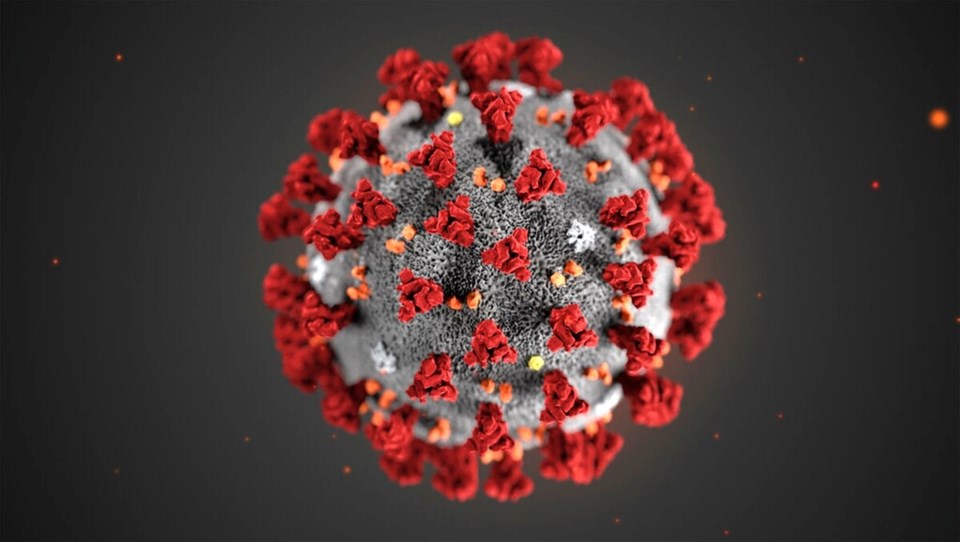Longmont is among several communities in Colorado that has learned to rely on poop to predict the next COVID-19 outbreak.
The city was among 16 municipalities in August 2020 to take part in the testing of local waste water to gauge the presence of the virus that causes COVID-19. As of January 2021, 22 wastewater districts participate in the monitoring with test sites running from Fort Collins to Pueblo, according to the news site Center Square.
The wastewater results now are part of the state’s COVID-19 dashboard and inform Longmont and other cities on looming spikes in the pandemic.
“This is the only real leading indicator of what we can see in the future,” City Manager Harold Dominguez told the city council last week.
The council approved an intergovernmental agreement with the Colorado Department of Public Health and Environment to continue the COVID testing of the city’s wastewater. The CDPHE has secured a $1 million grant to cover the cost of the analysis, courier service and will manage the data and provide a public dashboard with test results.
Longmont will collect and prepare for shipment two wastewater samples each week, according to a city staff report.
Health officials say wastewater that shows the presence of the COVID-19 virus can be identified 4-to-7 days prior to an increase in COVID-19 cases and hospitalizations.
“This provides state and local public health partners an opportunity to respond rapidly to potential outbreaks,” according to the CDPHE website.
Testing of wastewater began after studies showed that people who develop COVID-19 have detectable portions of the virus in their stool before, during and after their infection. By measuring the quantity of the virus in wastewater, officials can determine how many people will be affected by COVID-19, the CDPHE said.
Earlier this month, the Centers for Disease Control and Prevention announced it is adding data collected from sewage samples around the country to its COVID-19 Data Tracker.
Dr. Amy Kirby, who is leading the tracking effort, said between 40% and 80% of people with COVID-19 shed the virus in their feces, making wastewater and sewage an important part of a community’s “early warning system.”
Kirby said more than 34,000 samples have been collected from about 53 million Americans by public utilities across the country. More than 400 testing sites around the country have already begun their wastewater surveillance efforts, Kirby told reporters.
Wastewater surveillance can be helpful in detecting new variants and as an early warning to an extent, said Angela Simental, spokeswoman for Boulder County Public Health.
“But,” Simental said, “we do have other early warnings such as trends in neighboring counties and in other states.”



